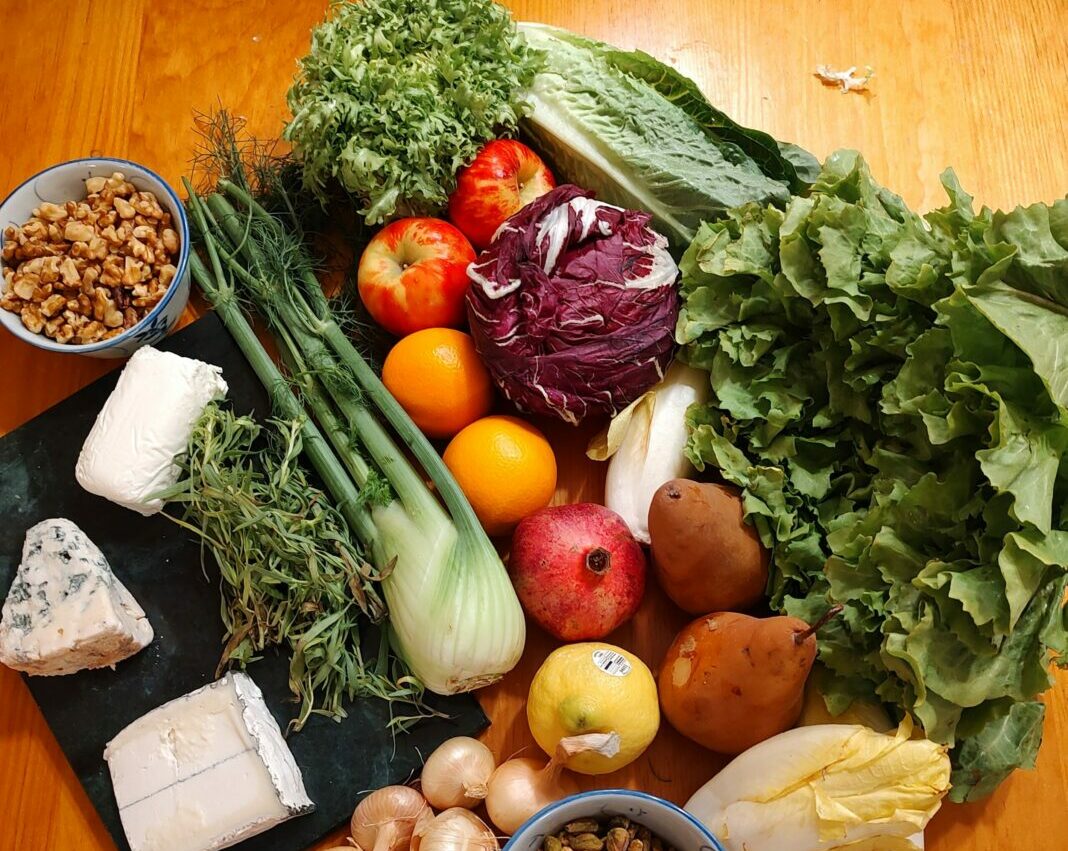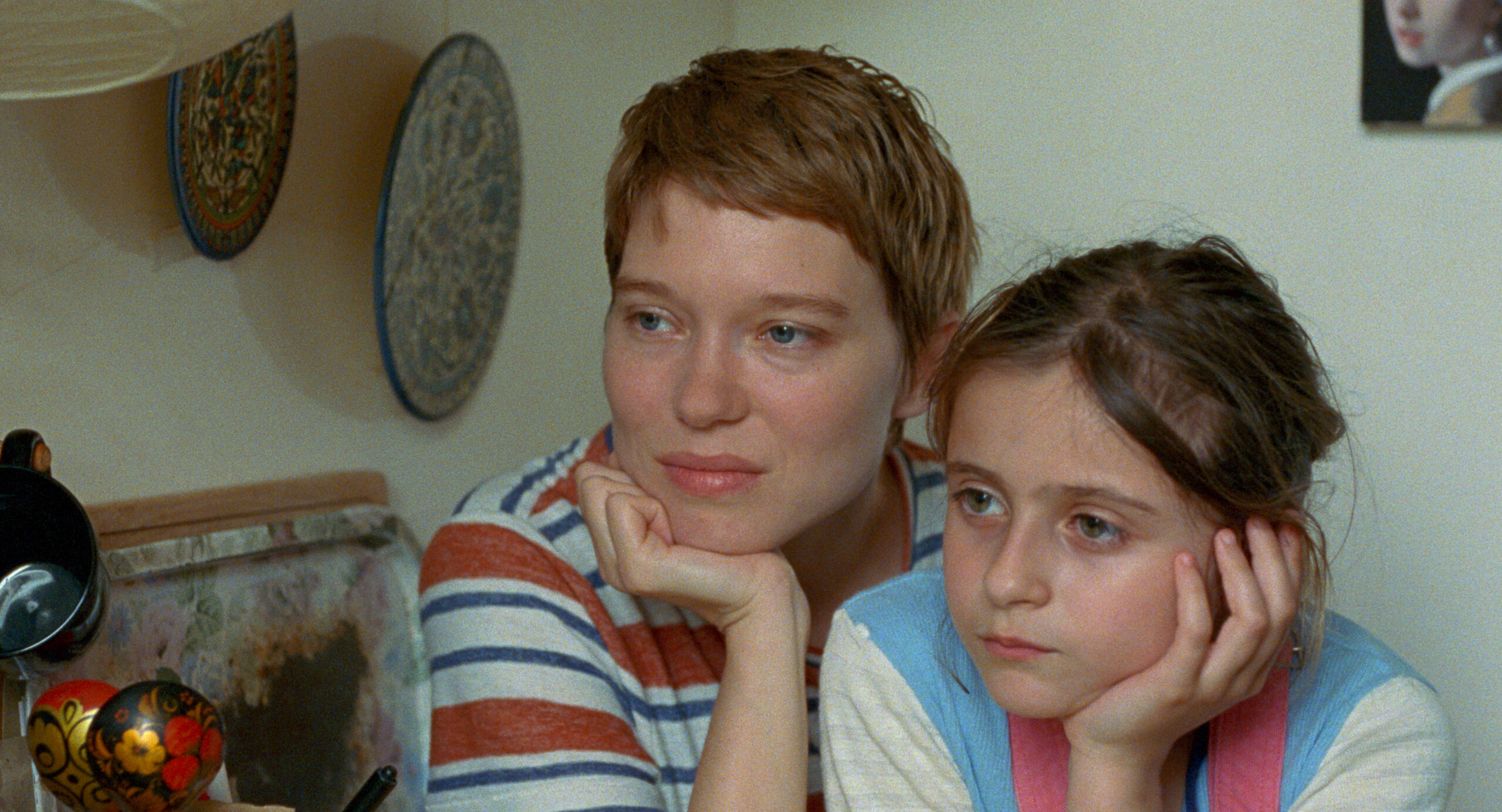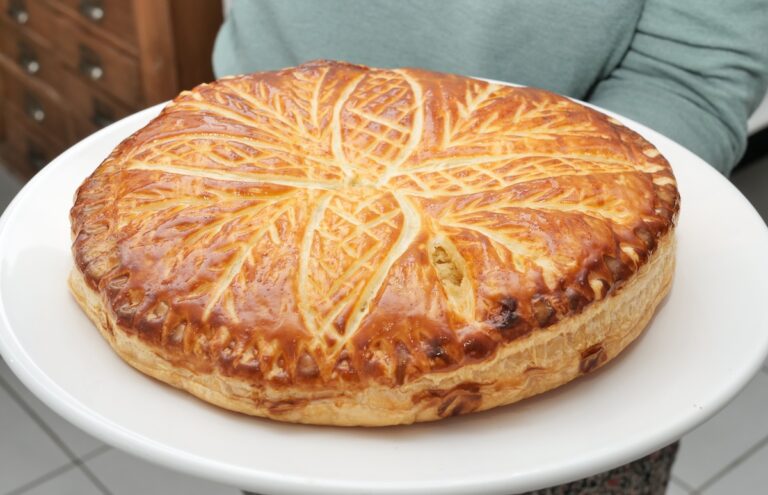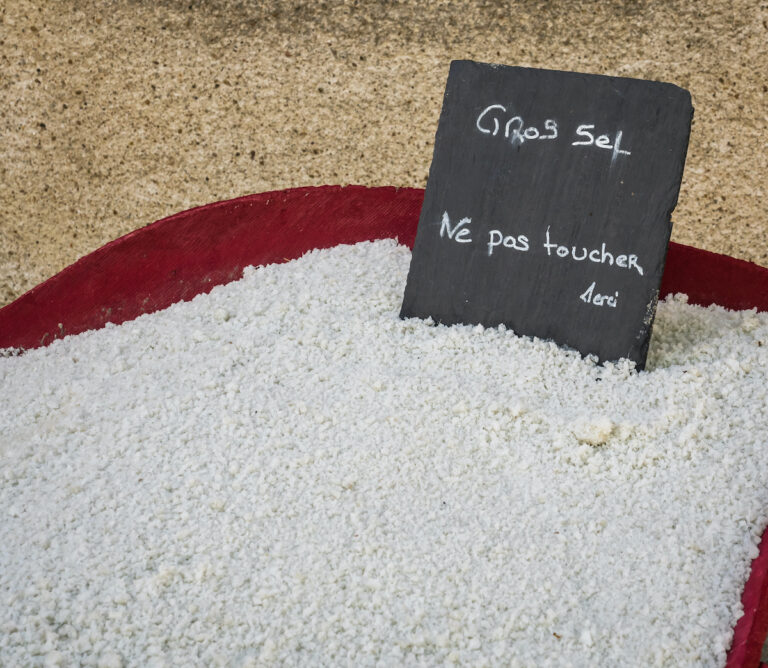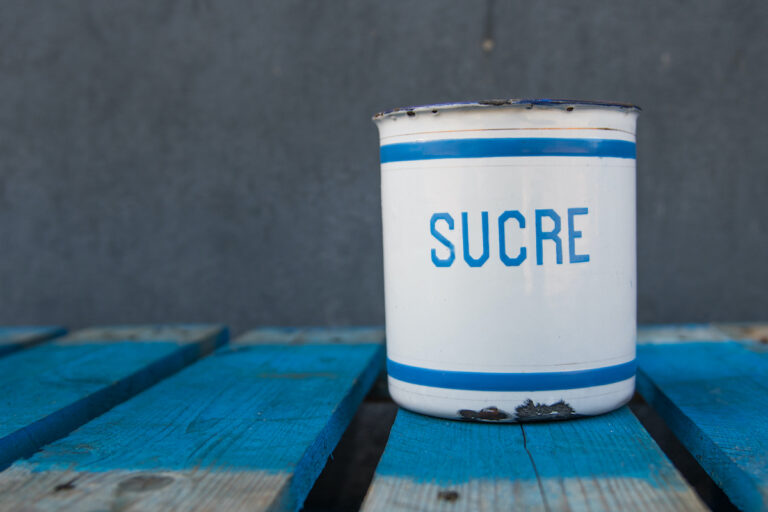January 27, 2023
Dear Frenchly Readers,
This week I got the opportunity to preview and write about a new movie that is premiering in New York City at the French Institute Alliance Française Animation First Festival. It opens tonight and is called Little Nicholas: Happy as Can Be. It is about the artist who was known simply as Sempé (full name: Jean-Jacques Sempé) who created, with his friend and the famous Asterix creator, René Goscinny, the stories of Petit Nicolas, about a small French boy with messy dark hair growing up in Paris. It began as a newspaper comic strip and, eventually, it became a series of books that were translated into more than 30 languages. Those, in turn, were made into films for children.
If these books are not ringing any bells, then perhaps this will: Starting in 1978 Sempé created over 100 covers for The New Yorker magazine. Some of my absolute favorites are of cats. ( I love cats and lately have been posting images of my cat, Hemingway, who likes to shower with me on Instagram and Facebook—yes, I’m now one of those people!) I had this cover of Sempé’s on my wall for years and years: It’s of a cat reclining on a big white bed while the owners are out (presumably working). Though the cat is at the center of the image, its small body is set in poignant and, also, amusing relief against the big city looming outside the windows. He did that inside/outside thing so expertly.
Anyway, I wrote all about the film and the exhibition of his work that FIAF is doing (even an event tomorrow night in NYC with the cartoon editor from the New Yorker and the filmmakers together) in this piece, here. I loved writing it. And I loved getting to know Sempé and Goscinny in the whimsical, funny and very touching film; I cried at the end, maybe because I didn’t want it to end. But don’t just take it from me: I end my review with my eight-year-old-comic-drawing son’s assessment; I think he got it right.
Lucky for me, because I was watching the Sempé movie, FIAF sent over a few other animated films. I am interested in animation because, in the way kids do for us all, my older son has opened up that world for me. During the year when we homeschooled in 2020-2021 because of Covid, he made several animated short films (and a couple of them in French), teaching himself different techniques and studying the films produced by Aardman. He culminated his year at home with a claymation, for which he made every single little set piece, costume, clay hand and tooth, and we had a showing of it in Portland in a gallery. It took him 8 months to make. When it was finally done, he was 12. I couldn’t believe he kept going. Most of us would have bailed.
So, when I saw that one of the movies at the festival was a claymation, I was immediately intrigued. Now that I know how much work goes into these things, I am a totally different kind of viewer. This claymation, also premiering at FIAF this weekend, is called No Dogs or Italians Allowed. It’s beautifully made with no detail spared by Alain Ughetto—cardboard houses made to look like they are made of stone; broccoli trees and squash huts; wooden tools and cotton handkerchiefs. The artistry is one thing, but what blew my mind is that the filmmaker used this playful medium to tell a difficult family story. The film is Ughetto’s vehicle for trying to understand the complicated and painful history of his Italian family which emigrated to France in the early to mid 1900s. Much like the Irish or the Chinese in America and Canada, the Italians were the labor force that blasted through the Alps, and built a railway connecting Italy to Switzerland to France and on northward. Not too far from some overlapping and painful American history is a sign on a café in France that reads, “No Italians or Dogs Allowed.” The Italian peasants were the poor, the subjugated, the expendable, and the maligned—they brought Europe together, they fought on the front lines of the wars, and they still couldn’t eat in French cafés.
My own Irish family came to America during the potato famine, but we didn’t build the railroad. We did lots of other hard jobs. Ryan’s chop house in New York City was ours (there’s a famous photo somewhere out there of James Dean walking past it.) I relate to this immigrant experience so deeply—leaving one thing, hoping for something better, encountering hard or harder in the new place. So many stories like this.
One of them is told in one of my favorite reads: Peter Behren’s The O’Briens, a fictional story about his family building the railway across Canada. I read it when the aforementioned older son was sick in bed with a terrible, unyielding fever back when he was 4 and I didn’t leave his side for 5 days. While he slept, I sat and read all day, all night, keeping an eye on him. I also read Bel Canto by Ann Patchett. Another amazing book.
Thinking of the Irish, of hard stories, of love and survival, this song, “Stuck in a Moment You Can’t Get Out Of” from U2 is on my mind all the time lately. Maybe it’s because the same older son is reading Bono’s Surrender (Dan and I are told we can’t listen to it on Audible until he’s done). Or maybe it’s because the younger one has been singing it when he thinks I’m not listening, as he goes about his drawing and Lego building and snowpants’ donning. This morning when Dan was leaving for work, we were listening to this song. I said, “I’m going to marry Bono.” He said, “Good luck” and gave me a kiss goodbye.
À cuisiner, regarder et lire çe weekend:
We have a new Bouffe today, below, after a little pause while novelist Kate Christensen turned in one of her 5 (yes, 5—don’t ask me how anyone does this) book projects. She’s turned her gaze to French winter salads!! Is it just me, or are we all just so salad crazy right now? The crunch, the freshness, the crisp flavors. Kate’s got some salads here that promise to deliver. My weekend: salads and more salads.
Our cup runneth over with ingenious French films to watch right now. In addition to FIAF’s amazing animation festival, Andrea Meyer reviews two more in her latest Le Ciné, one starring everyone’s crush, Léa Seydoux.
I will have a new Bouquin next week from Debra Spark and a contest I can’t wait to tell you all about. In the meantime, check out all the great stuff we published this week. Happy reading! February is almost here…we can do this.
À bientôt,
Find me on my Instagram, here and at Frenchly’s Instagram, here.
PS: If you like these Le Weekends, please forward them — Frenchly is growing and improving and we want as many people to know about our writers and interesting subjects as possible!
Did you get forwarded this email? Sign up here on our homepage at the sign-up widget to receive this newsletter every Friday in your inbox–I’ll give you news, films, recipes, books, stories and more every Friday afternoon to help you plan and enjoy your weekend!
If Le Weekend is going in your junk or spam or promotions box, please add us to your contacts by clicking on the address and hitting “add contact” or by dragging “Le Weekend” into your regular box, so you don’t have to hunt for it each week.
If you have missed any of my Le Weekends or are new to this newsletter, or want to go find a TV show or a podcast or a singer or a movie or a recipe I had in one, they are all here on Frenchly.us.
Come find us on Twitter, Instagram, or Facebook.
And to advertise with us, contact our great sales team here.




